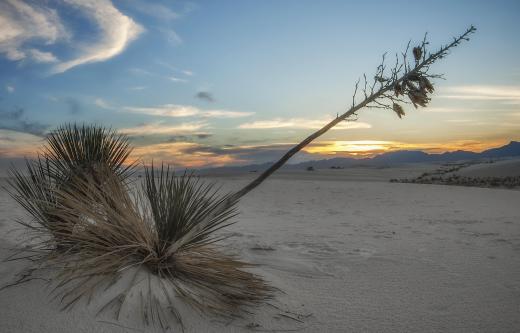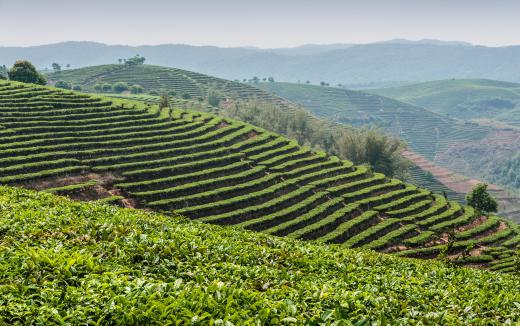What Is a Vegetation Map?
A vegetation map is a type of land cover map that delineates the types of vegetation found within a given area of land. It classifies the vegetation into different categories that include, for instance, desert, evergreen forests, grasslands, and farmlands. This type of map contains huge amounts of data on the environment of a particular area and is important for understanding aspects such as natural resource management, conservation planning, the possible effects of changes on natural environments, and the social health of populations living in that area.
It is color-coded to represent different types of vegetation. Areas containing dense vegetation can be marked in dark green, while moderate vegetation is represented with a lighter shade of green. Ice, snow, sand, and bare rock may be marked in shades of tan, white, and grey. Patterns, alpha numeric codes, and symbols may also be used to classify the different types of vegetation within a region. In addition to classifying the types, a vegetation map also delineates boundaries, giving surveyors and map readers an understanding of the structural features of the land, biological differences, and land use.

Constructing a vegetation map involves taking a satellite image of different wavelengths of light reflected off a land mass. Plants absorb different wavelengths of light in the process of photosynthesis and reflect light in near-infrared wavelengths. If there is more foliage, more light is absorbed and reflected by the plant. Researchers compare the amount of red light and infrared light reflected from an area of land and classify the differences in intensity between the two wavelengths in each pixel of the image. If the difference is high, the vegetation is considered to be dense and may be reflective of a rain forest; lower values indicate lesser vegetation density and may reflect desert or farmlands and other vegetation types.

Once the entire image has been interpreted in this way, the researchers color-code the results and take ground test measurements of the corresponding areas to verify their findings and classify the exact types of vegetation. This type of map has more than an academic value and is critical to understanding and planning future development in that area. For instance, projects such as bridges and dams affect the natural environment around them, and their route through a forested area may damage the ecology. A vegetation map is also useful in coastal zone management to understand changes in the extent and distribution of vegetation and measure transformation over time.

Not only regions but also entire countries and the world are covered by vegetation maps. A world vegetation map can contain enormous detail about the distribution of flora around the globe. The different types of vegetation shown may include tropical grasslands, tundra, deciduous woodlands, and tropical rain forests. Evergreen forests, deserts and mountain vegetation are some of the other vegetation types that can be color-coded on the map. A natural vegetation map of the world is a useful tool to study climate changes globally.
AS FEATURED ON:
AS FEATURED ON:














Discussion Comments
@Markerrag -- No, highway maps are not usually vegetation maps in the strictest sense of the word. Sure, they will show off features such as forests that travelers might want to see, but the emphasis is on showing where roads are. Of course, you also get features such as lakes, mountains and significant landmarks (the center of a state, for example) on those maps.
In that sense, the road map incorporates elements from vegetation, topographical and other maps but only to the extent that it is showing people things they might want to see.
Don't they often use these for highway maps? Every road map I have ever seen plays up certain features such as forests very prominently. Are those features enough to make it a vegetation map?
Post your comments